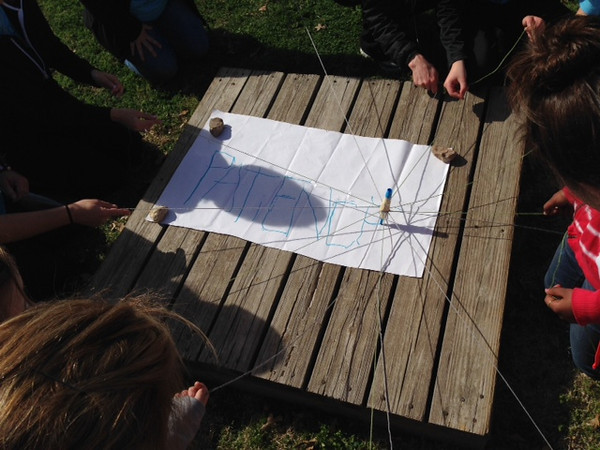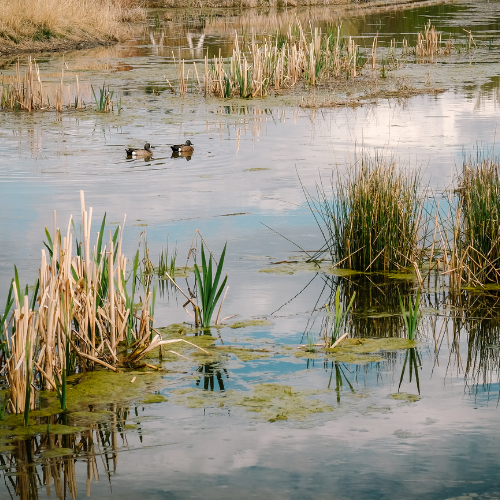Discover ways to make your home more energy efficient through this DIY scavenger hunt
PURPOSE
Decreasing your carbon footprint is easier than you think! Learn small actions that everyone can begin doing in their day-to-day lives to benefit the climate and save energy! Since most everything has a carbon footprint… that also means we can ALL start somewhere.
GRADE LEVELS
7-12
SUBJECTS
Science

SKILLS DEVELOPED
Collaboration
Critical Thinking
Problem Solving
Personal Growth and Well-Being
Creativity and Innovation
MATERIALS NEEDED
TIME
30 minutes
Instructions
- Collect the items below (whatever you can find!) and place them around a room.
- Examples of materials include:
- Homemade draft detector (tape a piece of tissue paper to a pencil and label as “Draft Detector”)
- Weather stripping (foam seals you can tape to windows and doors to prevent drafts)
- Window caulking (silicone seal used for window edges)
- LED light bulb
- Food colouring (used to detect toilet leaks)
- Shower lever diverter/stopper
- Faucet aerator
- Clothes hanger
- Tire gauge
- Fridge thermometer
- Reusable spoon or fork
- Reusable straws
- Old spaghetti or jam jars
- Vegetarian recipe cards
- Envelope addressed to local government
- Wildflower plants or seeds (wildflowers specifically grown in Alberta and can survive in our climate)
- Give participants 20-30 minutes to complete the scavenger hunt worksheet.
- The winner (whoever has the most correct answers or is the first to complete the hunt) gets a prize!
- What’s the prize you ask? Some ideas include
- An extra hour of screen time / An extra 30 minutes of student choice time
- Chore-free for 1 day!
- Winners get to chose dinner for the day / a game for the class to play
- Or, if possible, any other non-material prize (so we can further save energy!)
Discussion
-
To help youth decrease their carbon footprint, wrap up with some of the following questions:
- Were there any items in the scavenger hunt that you didn’t recognize? What have you learned about these items and their uses?
- Have you used any of the scavenger hunt items before? Do you have any tips for your peers about using them at school or home?
- What is one new action that you learned from the scavenger that you will commit to doing? (E.g. using food colouring once a month to check your toilets for leaks; hanging your clothes to dry instead of using the dryer, etc.)
More Bring Nature Home for Families
Bring Nature Home is our online database of tried-and-tested CPAWS Southern Alberta activities! Here are some ways that you can bring nature home (or to the classroom) today!

Words With Strings
A great lesson for teaching youth how we can work together to take action on climate change.…

CPAWS Says!
Learn about the four important things animals need to survive, and what you can do to help protect them!…

Home Electricity Audit – Elementary
Decreasing your carbon footprint is easy! With our home electricity audit you and your family can easily become more energy…
